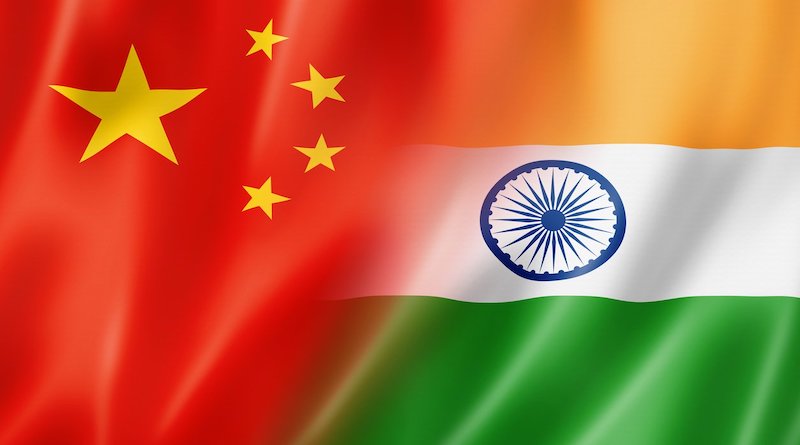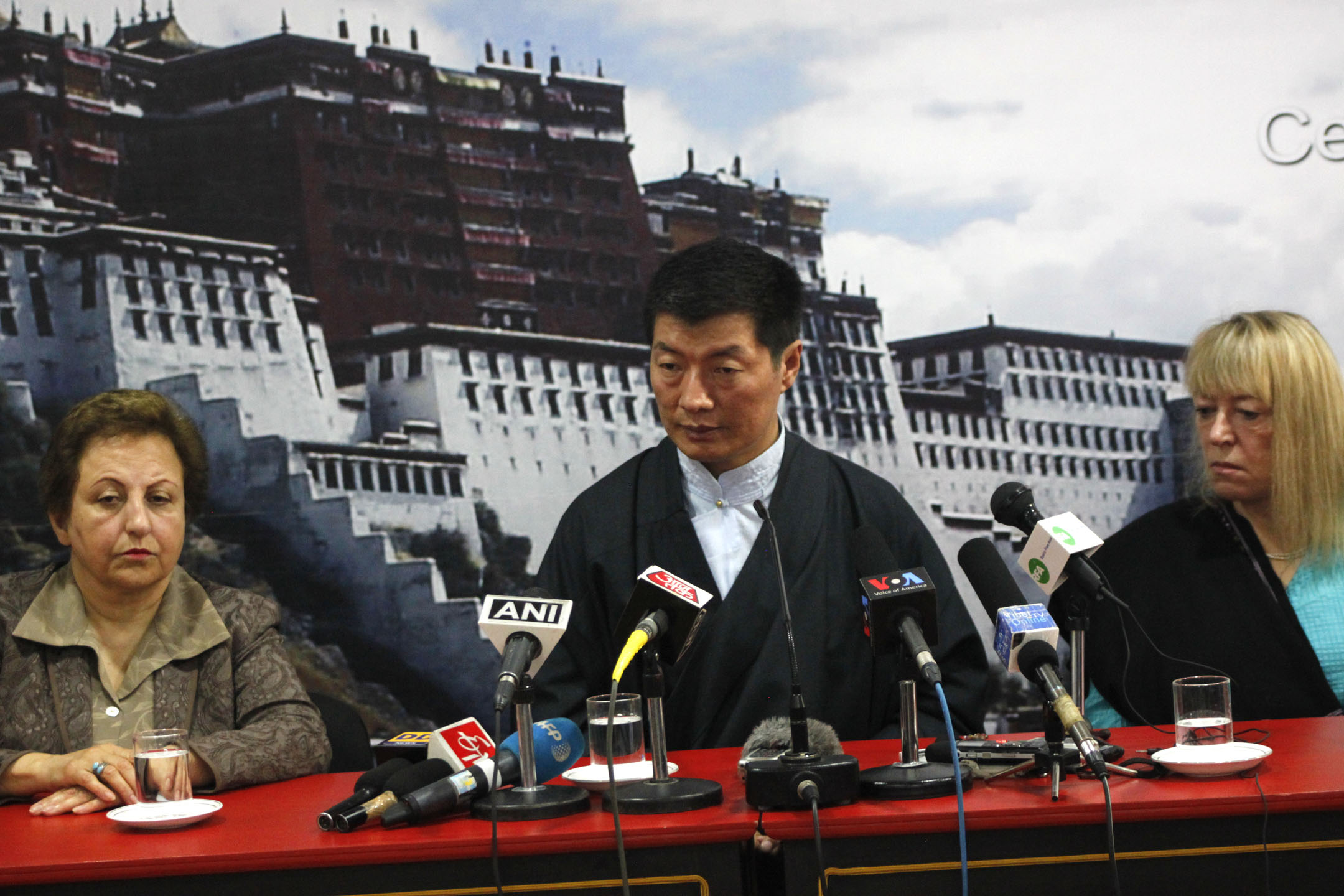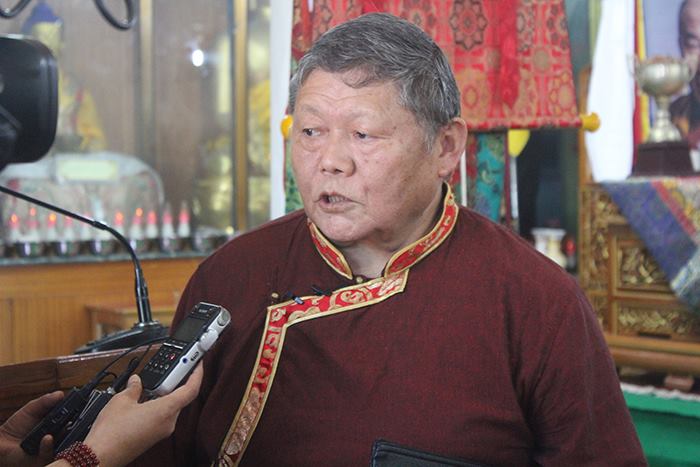China declares suspension of visas for two Indian journalists a “counter-measure”

DHARAMSALA, 7 April: China has defended its decision to bar two Indian journalists from re-entering China by accusing India of unfair treatment of journalists from China in India.
Justifying Beijing’s move to suspend the visas of two Indian journalists, Chinese foreign ministry spokeswoman Mao Ning has said on Thursday that its a counter-measure necessitated by India’s unfair and discriminatory treatment of Chinese journalists in India.
“China has always treated Indian journalists well,” Mao has said and added that the Indian government did not respond “nor correct the mistake.”
“China, therefore, has to take corresponding counter measures to safeguard our legitimate interests. China welcomes Indian journalists to work in China. If India can correct its mistakes, China is willing to continue to facilitate Indian journalists in China,” she added.
According to media reports, China has frozen the visas of correspondents of The Hindu newspaper and state broadcaster Prasar Bharati on Tuesday.
Rejecting China’s claim of India’s unfair and discriminatory treatment of Chinese journalists in India,
India’s Ministry of External Affairs (MEA) has stated that Chinese journalists face no difficulties while reporting in India.
MEA spokesperson Arindam Bagchi has further said that the two sides are holding talks on the issue and that India hopes Chinese authorities “would facilitate the continued presence and reporting from China” by Indian journalists.
The development came on the heels of China renaming 11 places in Arunachal Pradesh that it claims as South Tibet which was resolutely rejected by India.
The border standoff between the two Asian giants has failed to boil down which peaked in 2020, a year that saw the deadliest standoff between India and China in eastern Ladakh.
The border dispute between India and China covers a 3,488-km-long Line of Actual Control (LAC).
The McMahon Line demarcation is the current effective boundary between China and India after the Chinese occupation of Tibet. It is a demarcation line drawn on the map referred to in the Shimla Accord, a treaty signed between Britain and Tibet in 1914.





